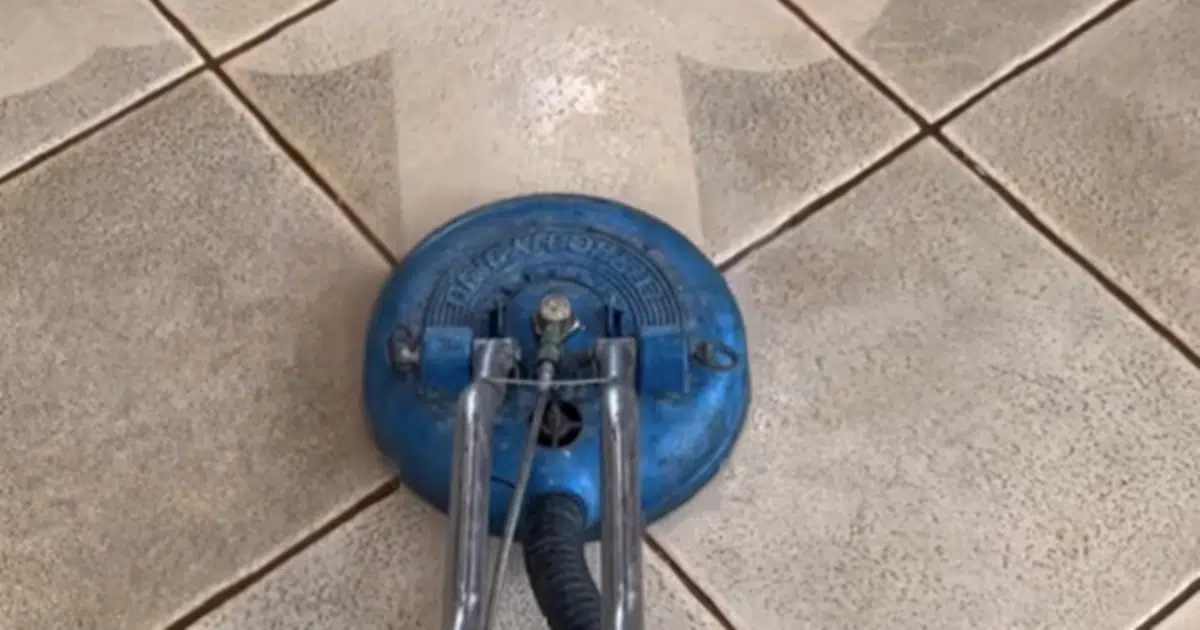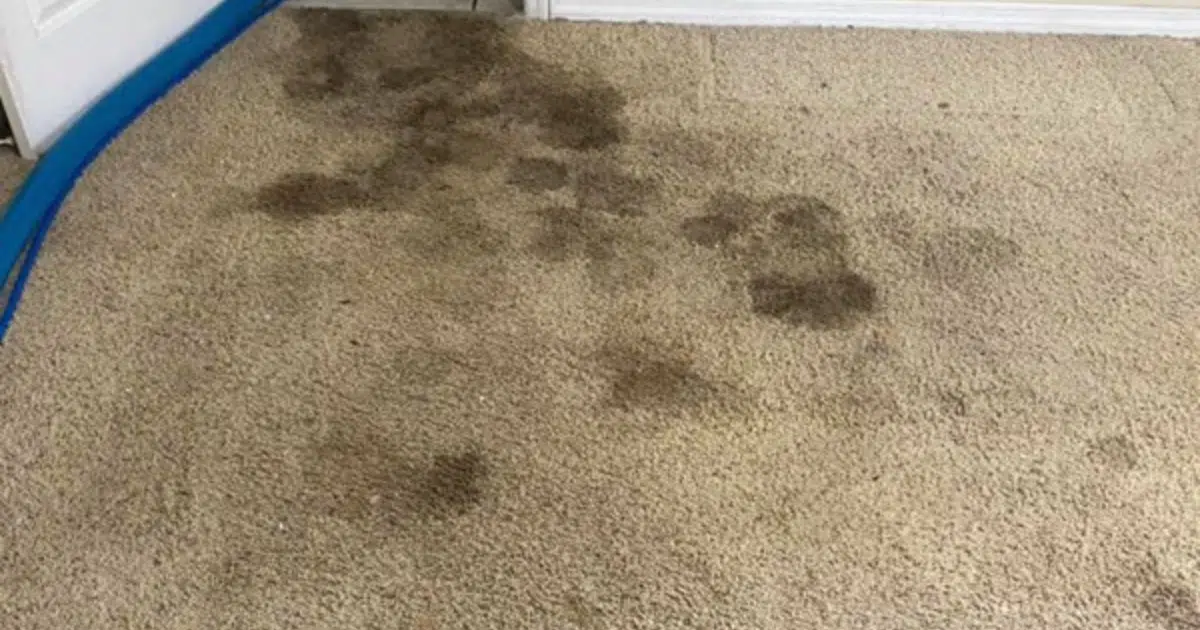You walked inside through your front door to see a dirty, stained carpet. That’s about as unwelcoming as a sign in front of an abandoned house saying “Do not enter.” Now you’re thinking it’s time for a carpet cleaning, but what should you opt for? A dry carpet cleaning or carpet steam cleaning? Here’s the difference:
Dry Carpet Cleaning:
Some people often choose a dry carpet cleaning for their carpets due to the affordability and timeliness of the cleaning. Dry carpet cleanings are often cheaper due to having to use less equipment. Keep in mind that this method of cleaning doesn’t penetrate the carpet fibers as deep as a carpet steam cleaning.
Also consider that when dry cleaning a carpet, harsh chemicals are usually used. This may leave a strong odor and chemical residue that many homeowners might not want in their homes or around their families.
Carpet Steam Cleaning:
Many opt for carpet steam cleaning for many reasons.
- It’s more effective. When you choose steam cleaning, the carpet fibers get cleaned down much deeper compared to a dry carpet cleaning. Years of built-up dirt and grime can be removed with this method, which is appealing to many.
- It’s more convenient for you. You work hard for your weekends, so you don’t want to spend them cleaning. Since carpet steam cleaning requires professional equipment, you can let the professionals get the job done for you. So, while you enjoy your weekend per usual, the experts can give your carpets that “just-installed” look that they once had!
- Little to no residue is left behind. If you are considering getting your carpets cleaned, but are afraid of having chemicals left in your home- carpet steam cleaning is your best option.
At JL Cleaning Solutions, our carpet steam cleaning service will give the life back to your floors. Your carpets soak up all of the spills, messes, dirt tracked in from the backyard, and everything else you throw its way. Your carpets need to T.L.C, too!
Our team at JL Cleaning Solutions will help you make sure carpet cleaning is the best option for you and your family. Contact us to bring your carpets back to life!



